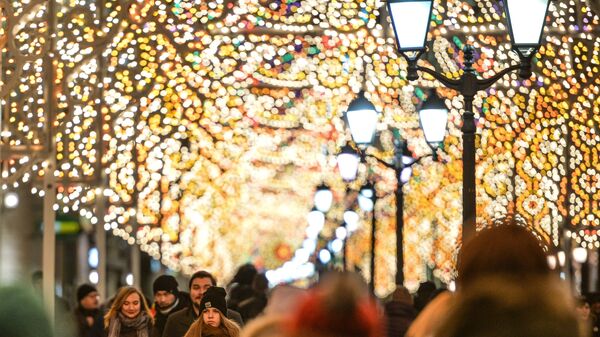The switch to LED lights outdoors was projected to save a whole lot of energy. And it does, in flying colors, as one typical E27 LED bulb consumes some 4 watts of energy while creating the equivalent of what a 60 watt or even more powerful incandescent bulb would provide.
The idea behind the study was simple: the switch to economical LEDs has resulted in more lights being installed, which, in turn, illuminates more space within the same budget. To confirm their supposition, they used a scanner called the Day-Night-Band (DNB), installed aboard the Suomi NPP weather satellite.
The DNB scanner can ‘see' the reddish part of the visible light spectrum (500-900 nm) suitable for measuring light pollution created by orange sodium and yellow incandescent light. What the DNB cannot see is the blue-ish light below 500 nm, which the human eye can see quite well (humans see in 400-700 nm part of the electromagnetic spectrum). For the DNB, cold LED light will appear as dark space.
Considering these specifications, the world should gradually be appearing darker to the orbital sensor, as more and more cities switch to LEDs, but that is not the case, the researchers found.
Despite the proliferation of LEDs, the world keeps getting brighter by roughly 2 percent annually. Nations display various speeds of increase in luminosity, with developed countries displaying the least (and only in rare cases negative) increase.
"Nearly 60 countries experienced rapid increases in nighttime illumination between 110 to 150 percent, while another 20 countries experienced growth rates as high as 150 percent or more. Nearly 40 remained stable, with only 16 countries experiencing decreasing rates of nighttime illumination," a Gizmodo report stated.
"With few exceptions, growth in lighting occurred throughout South America, Africa, and Asia," said the report, which analyzed nighttime lights using the DNB sensor. "We'll light something that we didn't light before, like a bicycle path though a park or a section of highway leading outside of town that in the past wasn't lit," observed lead scientist Chris Kyba.
Light pollution negatively affects nocturnal animals and plants, and blue light is known to have significant negative impact on humans. Too much blue light causes the human body to create less melatonin — a necessary sleep hormone. That's why staying late in front of a computer monitor or smartphone is a bad idea, unless you utilize special tools, such as the f.lux software, that makes your screen less blue and more red.
Study of the natural circadian rhythm of activity and sleep has revealed that too much blue light at night can break healthy sleep cycles, causing fatigue, depression and health problems, including diabetes and high blood pressure.
According to Kyba and his team, global light pollution could be quickly reduced by engineering lamps to only illuminate the designated space below them, thus emitting no light above the horizon or up into space.
Brightness can also be carefully calculated, so that there is only as much light as is required for safe traffic flow or other human activity.
A commonsense set of light pollution regulations would require the joint participation national governments, they study authors said.



